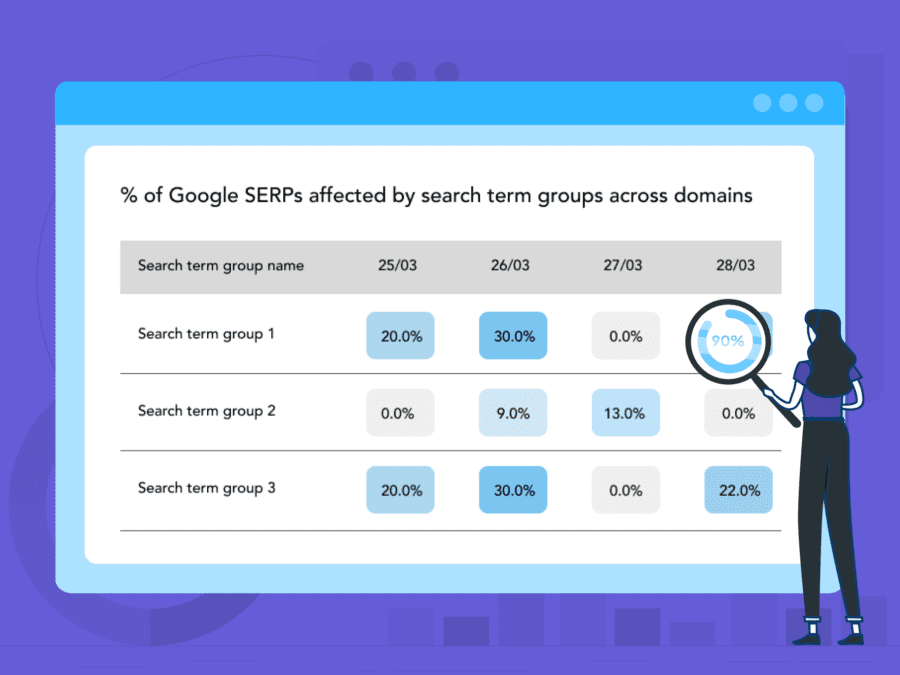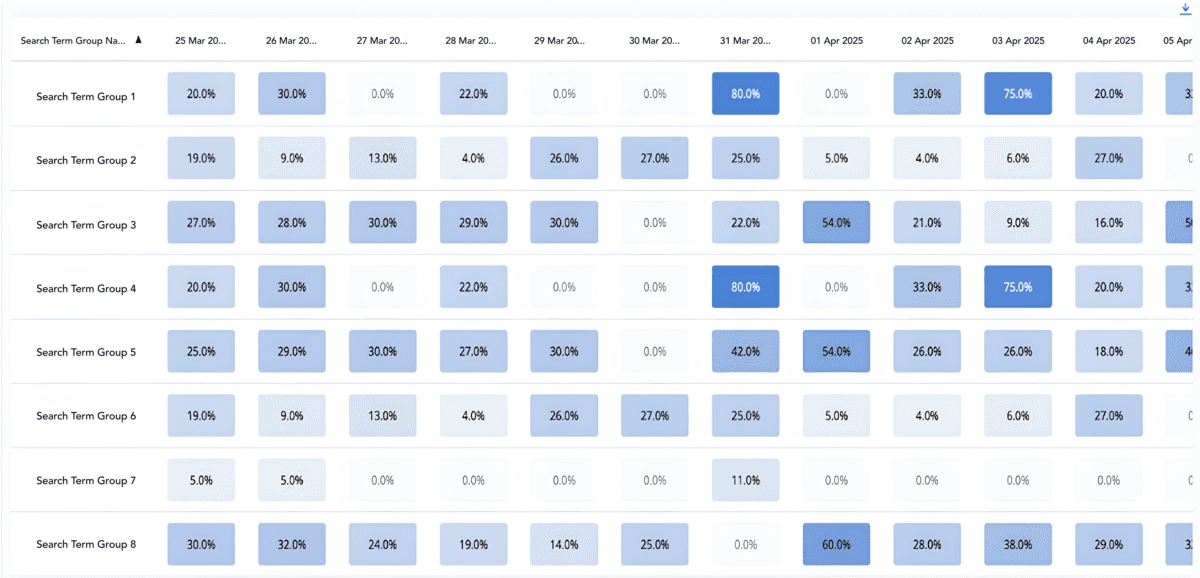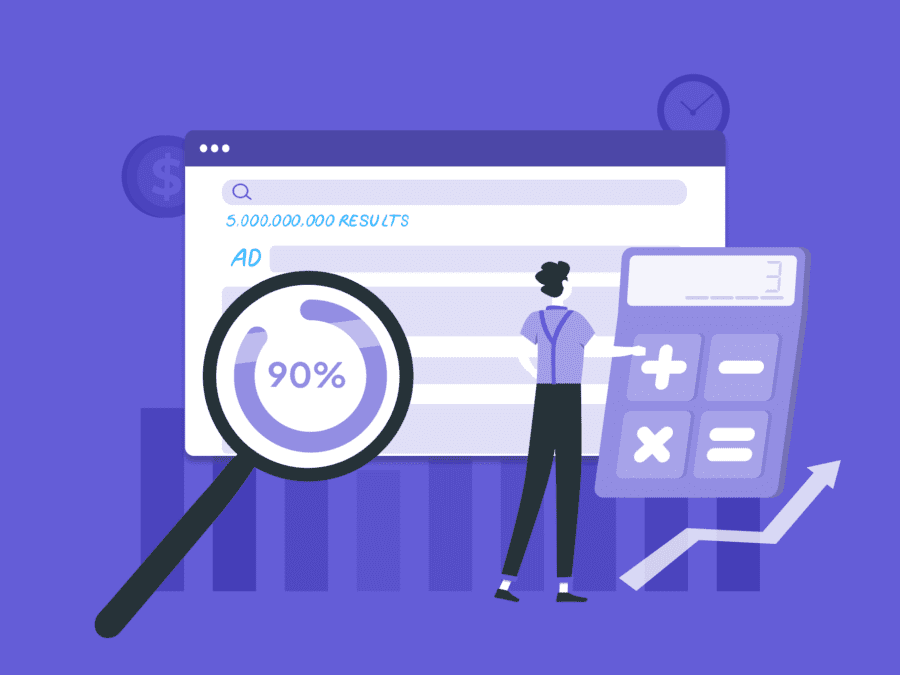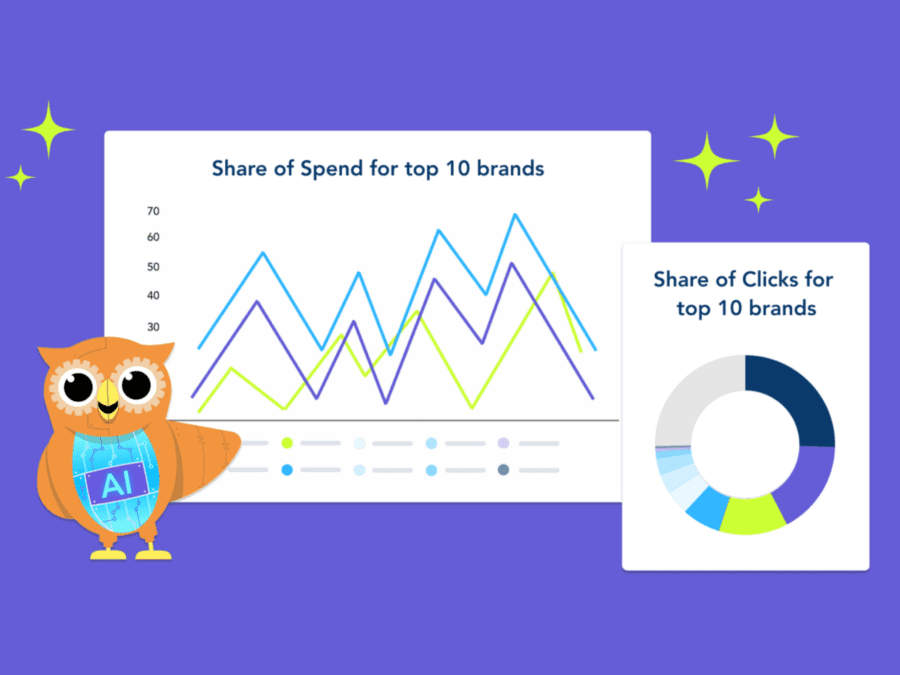Adthena is the leading provider of Search Intelligence for Enterprise Paid Search advertisers. Our solution collects over a billion data points from the SERP daily. Following news of this update from Google our own Data Science team ran an experiment last week to understand the impact of multiple ad serving.
The dataset spans 130 unique domains, featuring prominent UK advertisers across diverse industries. It encompasses 3,870 unique search terms, ranging from high-intent generic queries like “0 interest credit cards” to core brand terms for well known UK brands in retail, telecoms, travel, and more. Each search term was monitored daily over time, with double ad appearances ranging from 0 up to 450 instances per day.
Among all search terms, we frequently observed that pure brand search terms, targeted exclusively with exact match type — spanning retail, fitness, telecommunications, office supplies, and payment services — exhibited a consistent performance pattern:
- A statistically significant increase in impressions, strongly correlated with higher double ad presence (as observed in indexed SERP data).
- A decline in CTR, primarily driven by an increase in impressions as users are exposed to more ads from the same brand but typically still click only once, lowering the overall click-through rate.
- CPC remains stable, which aligns with Google’s explanation of advertisers not bidding against themselves and the auctions being separate
For every additional instance where two ads from a leading furniture retailer appear together on the search term for their brand name, we observe approximately 17 more impressions received across users.
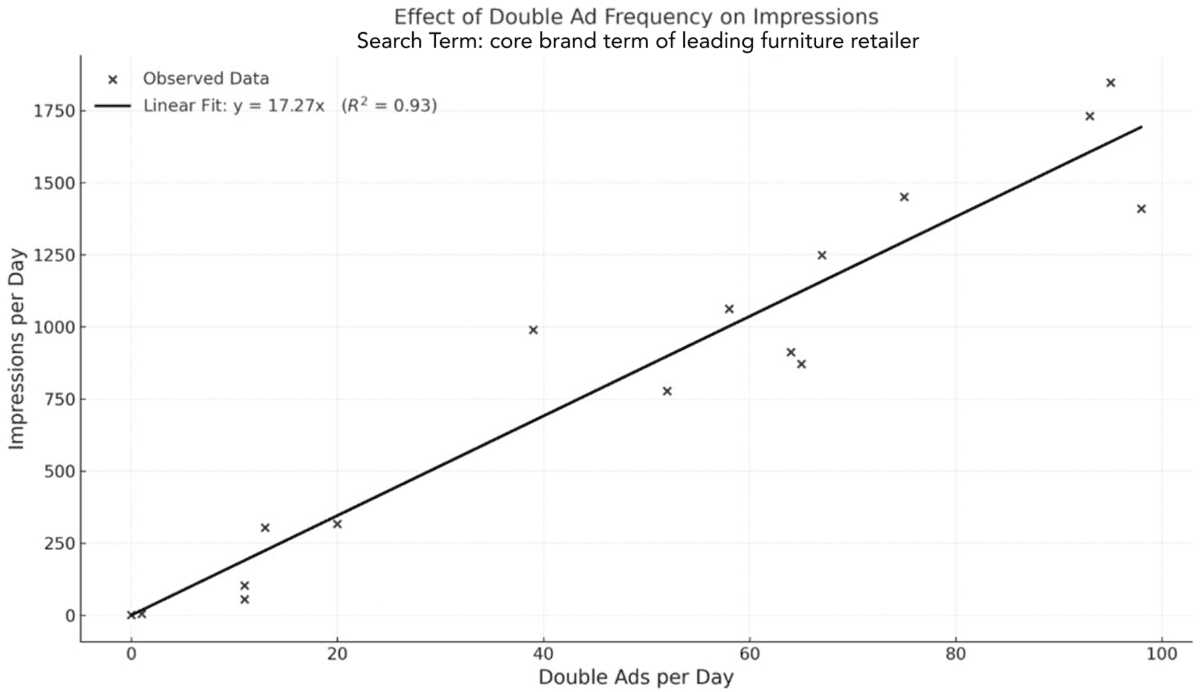
However, this pattern does not hold in accounts where the same brand term is also targeted using phrase or broad match types. In these mixed setups, performance dynamics tend to be more diluted and inconsistent, due to:
- Blended auction participation across match types
- Broader query matching introducing noise
- Increased overlap with competitor or generic traffic
Interestingly, we also observed that when a domain bids on competitor brand terms (e.g., Competitor X bidding on Competitor Y’s core brand term in exact match), double serving often has little to no positive impact on its own impressions for that search term. In some cases, there is even a negative correlation, where Google serves significantly more ads from the actual brand (Competitor Y), reinforcing brand dominance under the new policy change.
